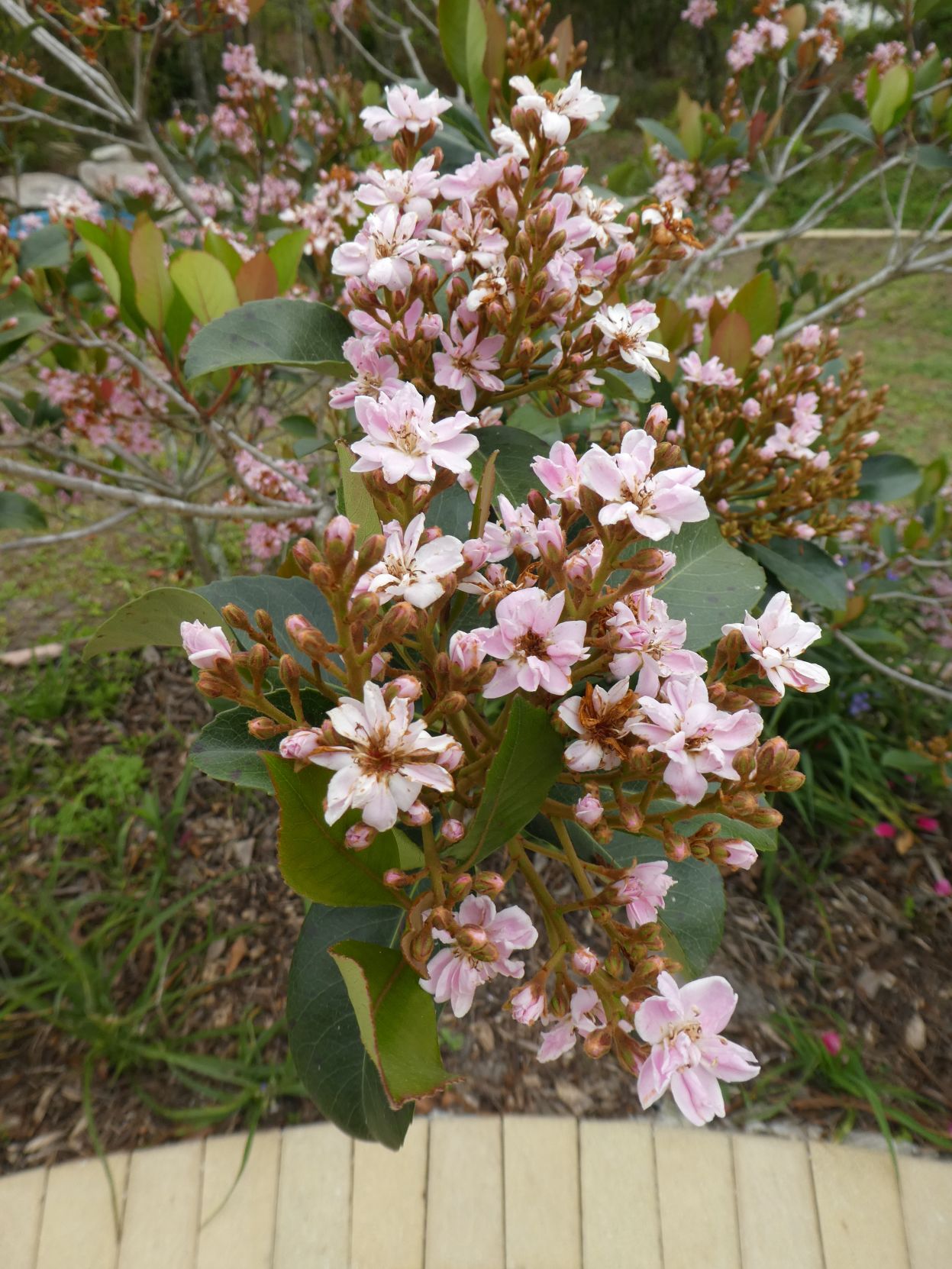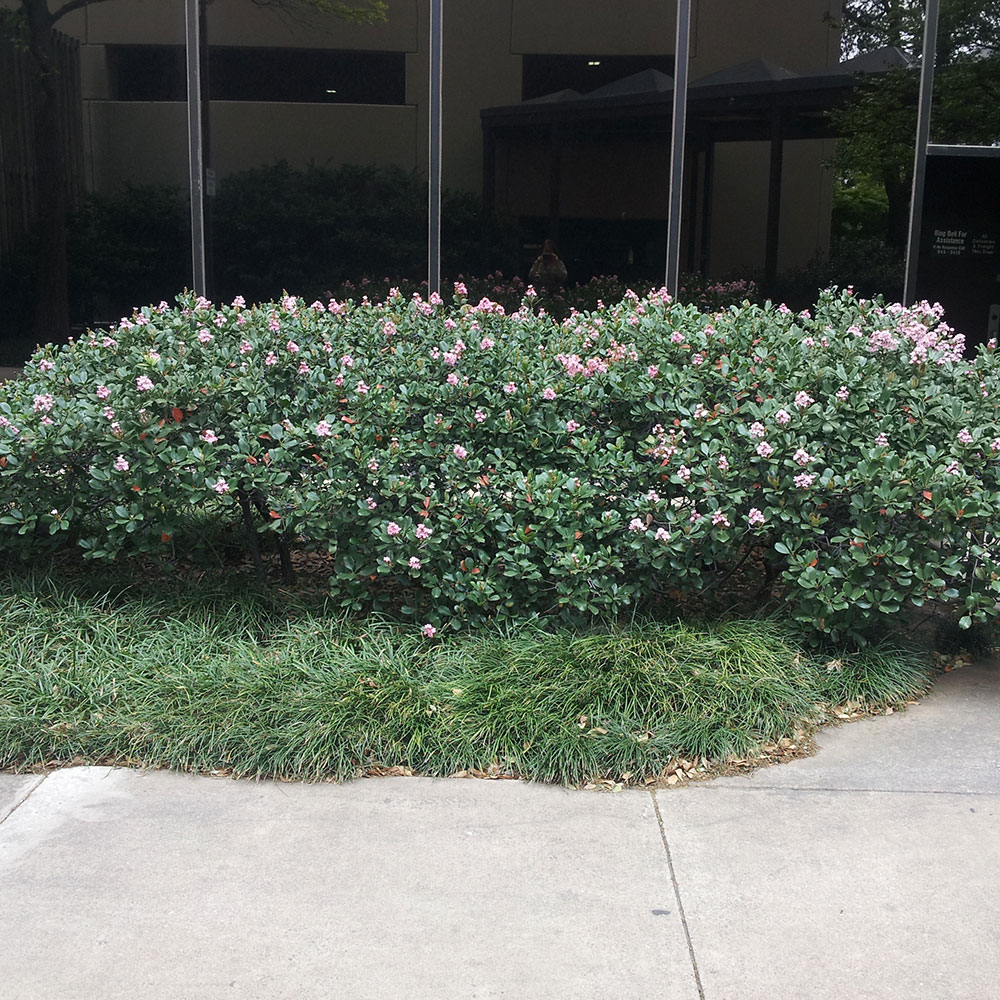

Plant them in full sun, once established, they are drought tolerant. The seed pods look like fat, little okra, so collect some dried seed pods in the fall for next years crop. They only become available when it really starts getting hot and grow quickly. Indian Hawthorn are supposed to be evergreen The winter was unusually cold. Abelmoschus comes in a pink(ish) and a red form and grow up to 2 feet tall. Abelmoschus is very closely related to okra, both are in the hibiscus family. This is one of my favorite tender perennials! It’s pronounced “able-mo-shus” and I wish this great little plant had a great common name. I think location and variety will have a lot to do with which ones survive. The ones here at the nursery are not blooming yet, so visit for great pictures and more info. Indian Hawthorn: Generally cold hardy to Zone 8, these have taken a hit this year. It has a fuzzy leaf and Hummingbirds love it. Last but not least, is Red Cestrum (Cestrum newellii). This one also can grow over 8 feet tall, but will be fine if you prune it to keep it smaller. Not as strong-smelling as NBJ (above), but attracts bees, butterflies and birds. It can grow to be over 8 foot tall, but pruning does not affect the flowering…wack away as needed, which is a great way to deal with stress. Plant it in a corner and just let it do its thing. Do not plant more than one, unless you have a HUGE yard and don’t plant it under a window you like to keep open, the fragrance can be over powering to some people. If the wind is blowing just right, the people on the next street will be wondering too. If you have one, your neighbors will be wondering where that amazing smell is coming from. It’s not big on a showy flower (that can be shipped and delivered by using the best flower delivery in Mississauga), but packs a wallop is a fragrance to your garden at night. The most common one is Night Blooming Jasmine. Bugs Be Gone can help you to control pests. GRRR…why won’t this line up? Yellow IxoraĬombine winter hardiness, 8+ months of flowering, fragrance, no pests (all thanks to pest control seattle for their services), tolerant of full sun to part shade… into one plant then say it comes in different colors and we have a winner named Cestrum. The come in red/orange, yellow and pink (which is the least hardy).

They can freeze to the ground at 30° (but pop back from that) and are dead at 20°…which we don’t get often. The only draw back…they can suffer from frost damage, just throwing a frost cloth over them will end that. After establishment, they are drought tolerant. More shade and the foliage will be looser. Full sun makes them absolutely covered in flowers with tight foliage. At most, mine get dappled sun most of the day and they still bloom. Ixora are really versatile, they can be grown in full sun to near full shade. Here are a few plants that you won’t see everywhere (like Dwarf Yaupon). Your yard can be the one that stops traffic…the one that the neighbors talk about (in a good way). It’s supposed to be an evergreen grass, but in the northern half of Texas. Pampasgrass (photo, I believe, from DFW area). Normally these plants do very well in the southern half of Texas, but the February. How about plants that smell amazing or draw in the hummingbirds. Pittosporum (photo, I believe, from the College Station area). Let’s face it, the old standby’s are capital B…BORING! I understand, the builder put them in and one died or the previous owner wanted low maintenance, but dang it, there are plants out there that are amazing! Plants that bloom all the time, don’t need much pruning and are evergreen. This particular species is best suited to well-drained soil because of this potential threat.There have been times when I feel like I might scream if somebody asks for another Indian Hawthorn, Red Tip or Ligustrum. Planting Indian hawthorn in areas where water accumulates in the soil will encourage the growth of the disease. It is most likely to be a problem when temperatures are between 60 and 80 degrees Fahrenheit and the plant's leaves have been wet for an extended period of time, especially in the 12- to 24-hour range. The infected leaves of other plants spread the disease during wet weather.

These spots often grow together to spread the infection to larger areas of the plant. This disease will generally only cause cosmetic damage to the plant, but severe infections can cause the hawthorn's leaves to fall off, making the shrub prone to future infections, and vulnerable to damage from the cold and the infestation of insects.Įntomosporium leaf spot can be recognized by the presence of maroon-colored splotches on the leaves. One of the biggest problems with Indian hawthorn is its common susceptibility to entomosporium leaf spot disease.


 0 kommentar(er)
0 kommentar(er)
